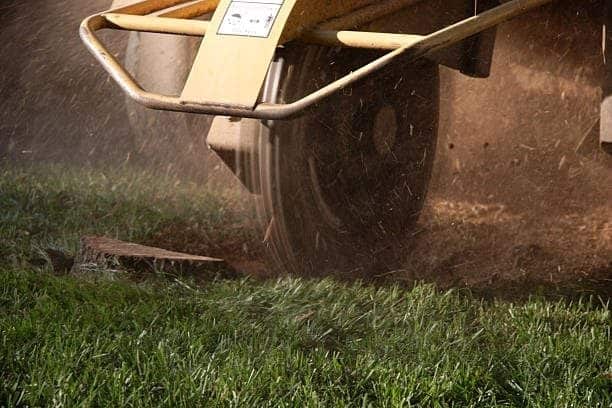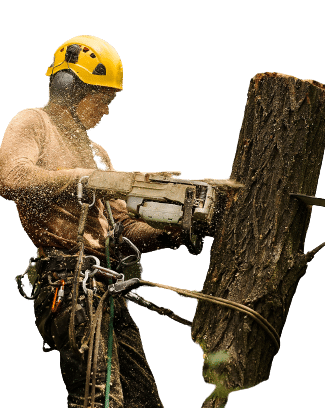When do the grass stop growing?
Grass, an important component of our natural environment, passes through several development stages. Understanding the date of its development halt is important for both gardening lovers and those interested in nature. Let’s look at the fascinating life cycle of grass and see when it stops growing.
When do the grass stop growing?
Exploring the Impact of Seasons
Understanding the impact of seasonal changes on grass growth is fundamental. Each season plays a pivotal role in influencing the growth patterns of grass. Let’s delve into how different seasons affect the growth and dormancy phases of grass.
Factors Affecting growth
Temperature: Temperature fluctuations have a substantial impact on grass growth. Temperature ranges within which optimal development occurs. Warmer temperatures, normally between 60°F and 75°F (15°C and 24°C), encourage rapid development, but extremes, either too hot or too cold, might inhibit growth.
Sunshine Exposure: Adequate sunshine is required for photosynthesis, the process by which plants make energy. Grass requires sunshine to flourish. Reduced sunlight owing to shadow or reduced daylight hours in winter impacts growth rate, leading the grass to slow down or enter dormancy.
Soil Conditions: The composition and condition of the soil are important factors in grass development. Aerated, nutrient-rich soil promotes healthy root formation and vigorous growth. Soil pH, drainage, and organic matter concentration all have a big influence on grass health.
Water Availability: Adequate water supply is required for grass growth. Inadequate water causes stress, which causes grass to cease growing or go dormant. Excessive watering, on the other hand, might cause root suffocation and slow development.
Levels of Nutrients: For proper development, grass requires vital nutrients such as nitrogen, phosphorus, and potassium. Imbalanced nutrient levels can stifle development or cause illnesses, compromising the grass’s general health.
Aeration and Compaction: Compacted soil inhibits root development and nutrient uptake. Proper aeration allows air, water, and nutrients to infiltrate the soil, enabling stronger root systems and development.
Maintenance: Mowing height, frequency, and the application of suitable fertilizers and pesticides all have an influence on grass growth. Improper maintenance procedures can stress the grass, impacting its growth rate and general health.
Understanding the Growth Cycle
Spring – Growth Initiation: As temperatures increase in the spring, grass awakens from dormancy and enters the active growth phase. Increased sunshine and higher temperatures encourage grass to thrive. For many grass species, this is the season of
fastest growth.
Summer – Peak Growth: Grass normally reaches its peak growth phase during the summer. Lush growth is aided by longer daylight hours and steady warmth. Regular mowing and watering are essential throughout this period to promote healthy development and avoid stress.
Fall – Transition Phase: As the weather cools in the fall, grass prepares for dormancy. During this transitory period, growth steadily declines. It’s an important period for lawn maintenance, including fertilizer, in order to build grass roots before winter.
Winter – Dormant Period: Grass goes dormant in colder climates throughout the winter. The grass practically stops growing as it conserves energy. During this time, it appears brown or lifeless. Some grass species may continue to grow slowly during the winter in warmer areas.
Environmental Influences on Growth
Environmental conditions have a large influence on grass growth. The composition of the soil influences nutrient availability and root growth. Aerated soil with a pH balance promotes healthy grass growth. Sunlight is essential for photosynthesis, which allows grass to create energy. Adequate sunshine encourages strong development, but less exposure due to shadow or seasonal fluctuations might impede or cause dormancy. Temperature fluctuations have an impact on grass growth as well, with optimal growth happening within specified temperature ranges. Extreme temperatures, either too hot or too cold, might stifle development. Water availability is critical; inadequate water strains grass, causing it to stop growing or become dormant, but too much water can smother roots.
- What is Tree Cabling and Bracing?
- Oak Bracket Fungus Importance,
- When is the best time to trim pine trees?
How Mowing Impacts Growth
Proper mowing procedures are critical to sustaining healthy grass growth. Regular and well-timed mowing encourages grass development by stimulating lateral spread and tillering, a process in which new shoots sprout from the grass root, resulting in a denser and healthier lawn.
Cutting grass too short can weaken it, limiting its capacity to create energy through photosynthesis and making it more prone to stress. Allowing grass to grow extremely tall before mowing, on the other hand, might shock the plants and hamper development.
Furthermore, continuous mowing produces stronger root systems, allowing grass to absorb nutrients and water more efficiently. It also eliminates the top section of the grass blades, stimulating new growth and maintaining an even, visually attractive lawn.
FAQS
Is grass present all year?
Environmental variables heavily impact grass growth. Grass growth slows or ceases in many areas during the colder months due to lower temperatures and fewer sunshine hours. However, in warmer regions, certain grass species may continue to grow, albeit at a reduced rate, throughout the year.
What causes grass to cease growing?
Grass goes dormant in response to climatic changes such as falling temperatures and fewer daylight hours. These alterations warn the grass to save energy, resulting in reduced or stopped growth.
Can grass grow under harsh conditions?
Grass may be resilient in a variety of situations, although it may struggle in severe heat or extended drought. Extreme heat or cold can stress the grass, causing growth to stall or stop.
How does grass growth respond to trimming?
Trimming or mowing on a regular basis encourages better grass growth by increasing lateral spread and thicker turf. It encourages the grass’s growth and keeps it from becoming leggy and feeble.
Should I mow my grass in the winter?
It is best to avoid mowing throughout the winter. Grass usually becomes dormant in the colder months, needing less upkeep. Mowing should be done seldom if required to avoid straining the dormant grass.
Conclusion
Understanding grass growth patterns throughout the seasons is critical for proper lawn upkeep. Knowing when grass stops growing allows for proper care and upkeep, resulting in a healthier and more lush lawn. By taking environmental factors into account and employing proper lawn care procedures, one may optimize the growth and vitality of their grass, providing a bright and well-maintained lawn all year.




